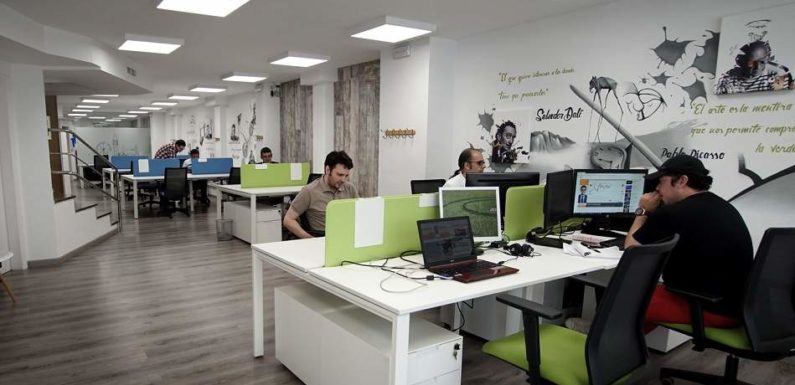
When your goals, both long term and short term, are centered on health growth and achieving real wealth, you’ll be trying to balance requirements and demands from several directions. Challenges may come from the “daily operation” bag of tips and tricks or you may find yourself paying attention to details in the world of finance.
If you’re a startup company, sales/marketing efforts will differ from those in an established business. It’s important to understand, however, those marketing efforts and sales efforts retain a customer-service core, no matter which way the economy winds or societal winds blow.
You will also deal with regulations and requirements in the area of technology, especially if you’re the individual making final decisions on comfort, efficiency, and safety. This is especially true in the building industry, where product design and structure design are concerned. A tragic event in 2017 brought the subject to the foreground, which you can learn more about at Hackitt Report
This 2018 report is the “formal response” to construction standards believed to have contributed to the Grenfell fire catastrophe. At the time this report was published there was no formal comment from the “central Government.” However, the industry, in general, is already adopting and observing most of the recommendations and observations in the report.
From the technological point of view, the report is quite specific. “Pay more attention to Fire Safety.” The report seeks “a cultural change, especially in the construction industry.” Manufacturers, suppliers, architects, and those in the building trades must begin to view “key functions along the chain,” stretching from original design and fabrication through “supply and installation.”
High-Risk Buildings
At the heart of the report and the core of building standards, regulations, and guidelines review, are the high-risk residential buildings. Technology in design, raw materials, manufacture, and installation must give more attention to towers and other residential buildings “where dangers of fire could cause serious injuries and loss of life to those who live in the buildings.”
One of the paragraphs emphasized in the report puts the focus squarely on “the building and its separate parts, especially products.” This concept is stated as “fitness-for-purpose,” with “more rigour in enforcement and a sharper focus on fire safety.” Fire-resistant glass is one way an architect or builder can take steps in the right direction.
This glass is designed to check the spread of fire within buildings, providing a barrier for resistance to fire and adding insulation properties. The primary benefit, as related to the Hackitt Report, is insulation on the non-fire side, “allowing more time for escape.” More than 70 people died in the Grenfell event, and another 70 were injured. Hundreds managed to escape with their lives. Fire-resistant glass is rated in terms of “effect for a specified period of time,” as well as for insulation properties that reduce temperature and amount of radiant heat.
As new standards and regulations are established in the wake of the tragedy, these ratings will gain importance. Advancements in technology can make fire safety a top priority.

